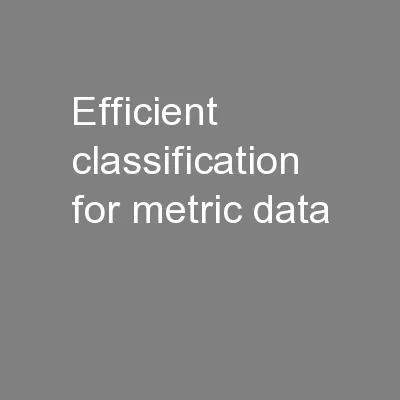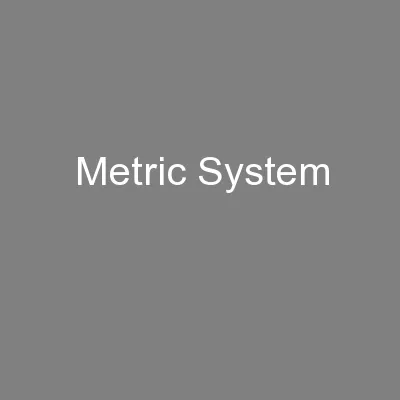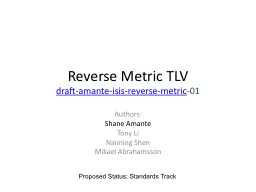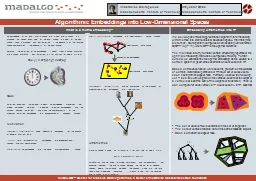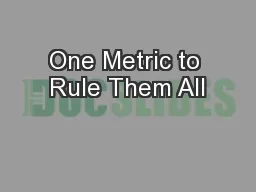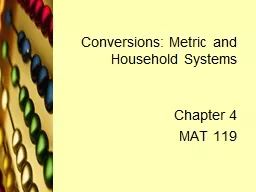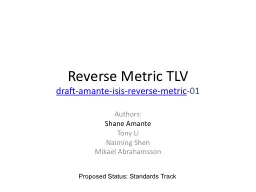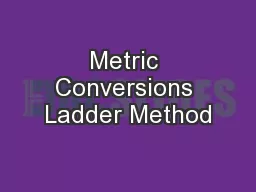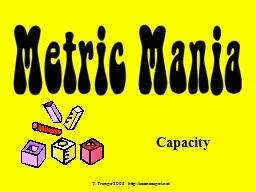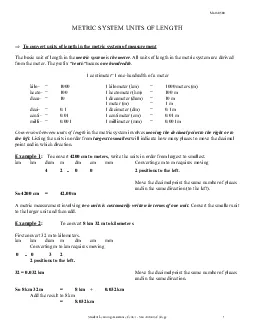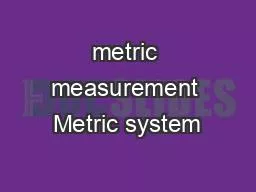PPT-Efficient classification for metric data
Author : tatiana-dople | Published Date : 2016-07-11
LeeAd Gottlieb Hebrew U Aryeh Kontorovich Ben Gurion U Robert Krauthgamer Weizmann Institute TexPoint fonts used in EMF Read the TexPoint manual before you delete
Presentation Embed Code
Download Presentation
Download Presentation The PPT/PDF document "Efficient classification for metric data" is the property of its rightful owner. Permission is granted to download and print the materials on this website for personal, non-commercial use only, and to display it on your personal computer provided you do not modify the materials and that you retain all copyright notices contained in the materials. By downloading content from our website, you accept the terms of this agreement.
Efficient classification for metric data: Transcript
Download Rules Of Document
"Efficient classification for metric data"The content belongs to its owner. You may download and print it for personal use, without modification, and keep all copyright notices. By downloading, you agree to these terms.
Related Documents

